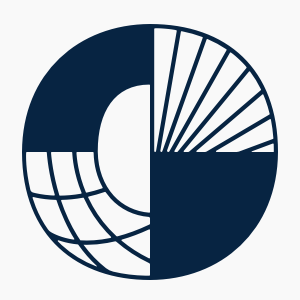European governments are spending at least €17 billion trying to reduce migration to Europe, but an increasing proportion of people are expected this year to arrive by hidden and often more dangerous channels, a new report by the Overseas Development Institute has found.
Ahead of next week’s UN Summit for Refugees and Migrants, researchers at the UK’s leading think-tank on international development have revealed that since 2014 European governments have committed to spend €1.7bn on tighter border controls, including the UK’s recently-announced wall at Calais, and €15.3bn on bilateral agreements, such as the EU-Turkey deal.
However, the report, ‘Europe’s refugees and migrants: hidden flows, tightened borders and spiralling costs’, suggests that while fewer people will arrive this year on well-known routes, including across the Mediterranean, in many cases refugees and migrants are taking alternative ‘covert’ routes.
Report author Marta Foresti said: ‘Migration and forced displacement are on top of the global political agenda, but the focus on containing and reducing migration at all costs has resulted in a crisis of politics and solidarity.
‘While on the surface, the number of people arriving in Europe has fallen, the rate of those taking hidden routes to Europe has not been affected and is likely to increase. These covert routes can be more dangerous and make it harder for governments to monitor migration and design effective responses.
‘Increasing legal routes is the only way to be able to predict flows and make pragmatic decisions about how to better manage migration. A joined-up European approach is needed as countries cannot address, and effectively manage, migration alone.’
Researchers estimate 330,000 people will arrive in Europe this year by sea through ‘overt’ channels, usually across the Mediterranean, and register with official agencies - compared to 1.1 million in 2015.
But this drop in ‘overt’ arrivals may create a false impression for European policy-makers that the crisis is over.
Following analysis of migration trends and asylum applications, researchers predict 890,000 asylum claims will be lodged in 2016. The discrepancy between ‘overt’ figures and overall asylum claims suggest a higher proportion of refugees and migrants will arrive by ‘covert’ means, including travelling by plane using false documents, concealed in vehicles or by over-staying visas.
Other key findings in the report include:
- Europe has spent at least €1.7bn since 2014 on deterrent measures inside Europe, including border controls. Almost €700 million of this was spent on UK border controls, suggesting the overall figure is much higher
- Governments have also spent €15.3bn outside of Europe on bilateral agreements and Trust Funds, designed to discourage people from embarking on a journey to Europe. Research suggests however that greater development can in fact increase migration rates
The report makes a series of recommendations, including increasing legal routes so governments can monitor, control and manage the flow of people; creating a new global alliance of migration and displacement data to build a more coherent and comprehensive picture of human mobility migration; and to commit to more transparency on the costs of deterrent policies.
Foresti said: ‘We need a new form of international and multilateral action in order to more effectively manage migration flows and make the most of the potential benefits migration brings.’
ENDS
Notes to editors
- The UN’s Summit for Refugees and Migrants will take place at the General Assembly in New York on Monday, September 19
- US President Barack Obama is also hosting the Leaders' Summit on Refugees at the General Assembly on Tuesday, September 20
- ODI estimates 60 per cent of refugees and migrants will arrive in Europe through ‘covert’ channels in 2016, compared to 35 per cent in 2015
- Overt arrival estimates were based on ODI calculations using UNHCR, IOM and Frontex data
- The number of asylum applications for 2016 have been estimated based on ODI calculations of Eurostat data, supplemented by national level data
- Covert arrivals for 2016 has been estimated through the difference between new asylum applications and the number registered through overt arrivals in 2015/16
For further information or to arrange an interview with the report author, please contact James Rush on +44 (0)7808 791265 or email [email protected]




